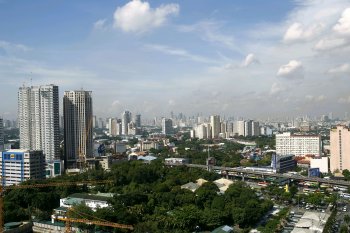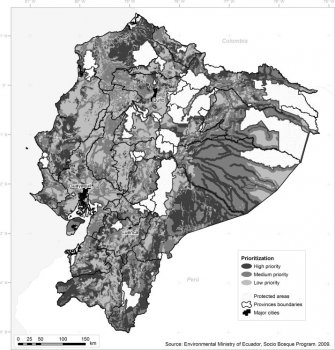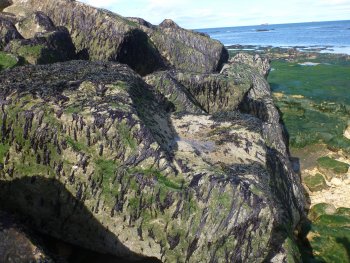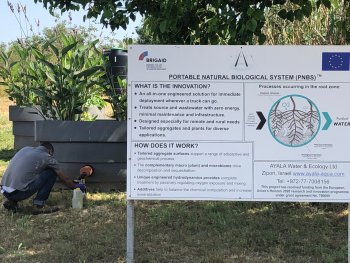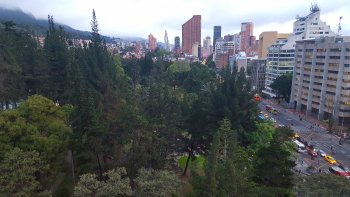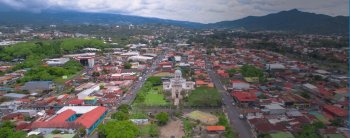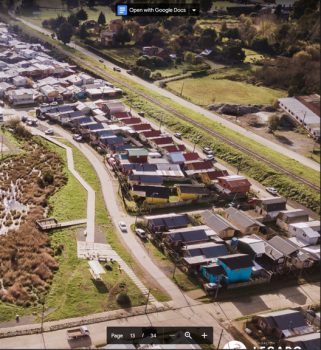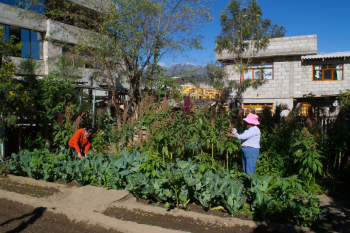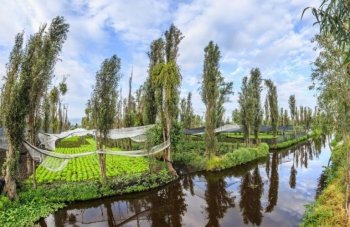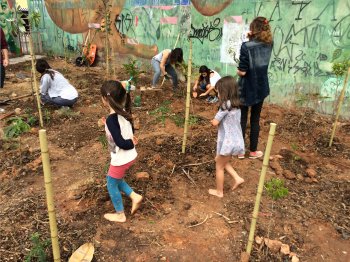Xochimilco is an important tourist attraction for Mexico City and because of thi,s public policies have been focused in conservation, tourism infrastructure and ecotourism. Therefore there is now a priority to address social and environmental challenges including: the dredging and cleaning of the canals, garbage collection and reforestation of channels, exotic species control, improving the hydraulic infrastructure, Axolotl conservation, Chinampas rehabilitation, and productive projects.
Natural systems or nature based solution have been suggested and implemented in order to reduce...

